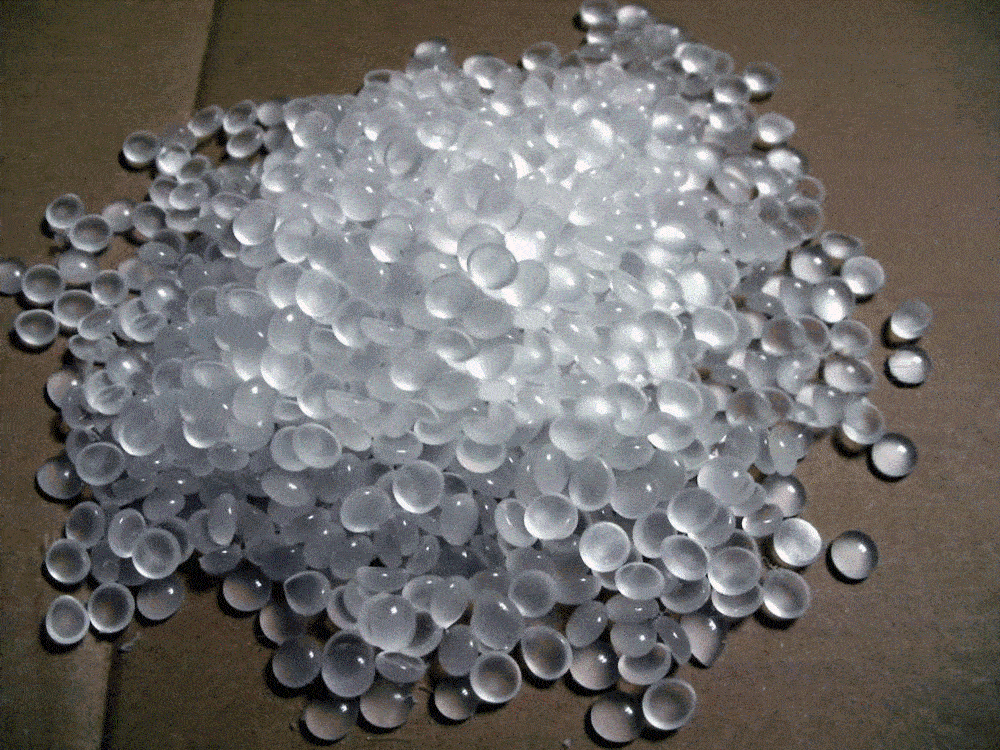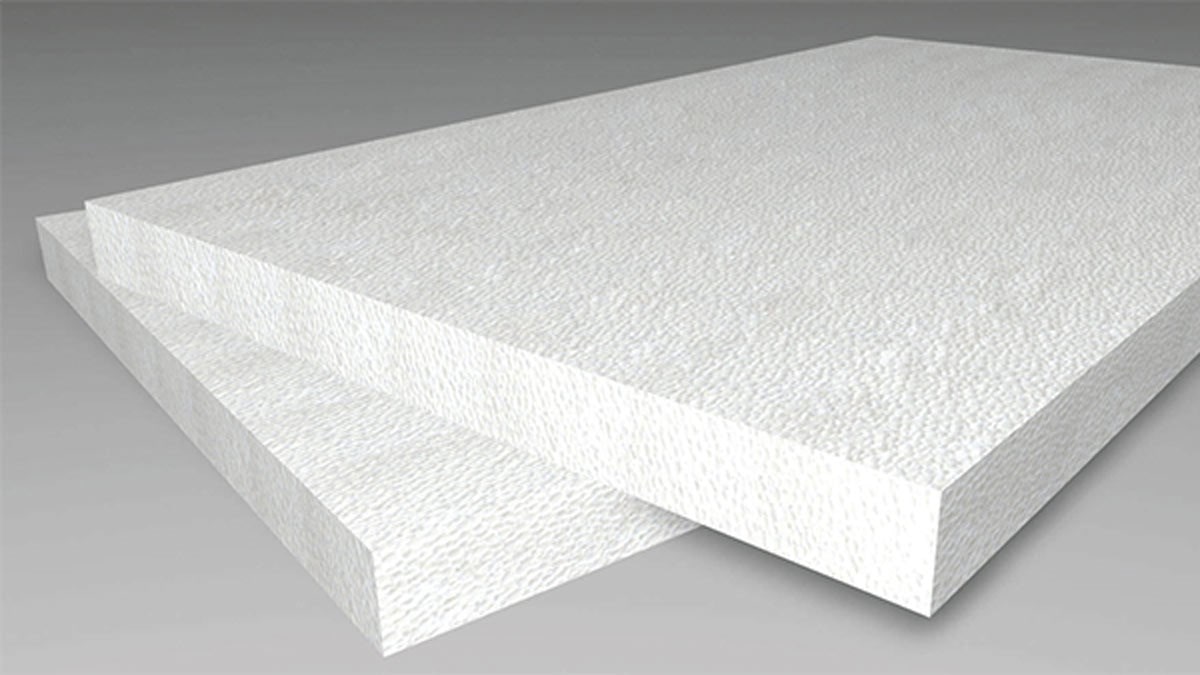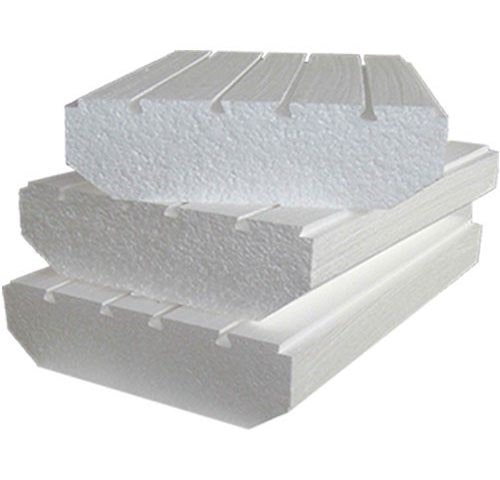Polystyrene structure is chemically known as a type of long-chain hydrocarbon. In this material, variable carbon centers are attached to phenyl groups. The chemical structure of polystyrene is n(C8H8). This material has the components of hydrogen and carbon chemical elements.
One of the properties of Polystyrene structure is determined by the short-term absorption of van der Waals between polymer chains. Because hydrocarbon molecules are long and in a chain consisting of thousands of atoms, the tensile force between the molecules is very high.
When polystyrene is exposed to heat, the chains are more compatible and slip together. Because there is a kind of looseness between the molecules, it causes flexibility and elasticity in polystyrene.
At high temperatures, the system can deform from the heat of its glass conversion, giving polystyrene the ability to easily soften and heat into various shapes when viewed.

Polystyrene structure
Introduction to Polystyrene structure for the first time
The structure of polystyrene was first discovered in 1839 by Edward Simon. Interestingly, Simon did not know what valuable substance he had discovered. The commercial use of polystyrene monomer and polymerization was in 1934.
This year, Dow succeeded in synthesizing styrene from petroleum products and then commercializing it based on the use of a polymerization process. This product was used in World War II, and based on the experience gained while using it, polystyrene was recognized as a powerful electrical insulator. In addition, this material was recognized as a cheap, thermoplastic plastic with suitable properties.
Over time, theories about the polymer were developed and finally expanded in 1950 based on a two-stage operation to produce polystyrene. Due to this function, in the first stage, which includes the preparation of granules that contain a uniform volume distribution agent, the styrene monomer suspension is polymerized.
In the next step, this material is placed in molds to perform the necessary processes on it. Or considering that the production of this product in any size is easily done, this caused the production of polystyrene to increase with this method.
General Purpose Polystyrene structure
General Purpose Polystyrene, often abbreviated as GPPS, is used for general use. The structure of General Purpose Polystyrene is such that in addition to high strength, they also have dielectric properties.
High-temperature resistance and high impact strength make them suitable as a fluid. The brand name of this type of polystyrene is crystal.
High impact polystyrene structure
This model of polystyrene is known as high-impact polystyrene. This type of polystyrene is very resistant to pressure and shocks. In the commercial market, HIPS is commonly known as “HIMPEC”.
Expanded polystyrene structure
This type of polystyrene is commonly known as “ionolite”. Ionolite is a type of material that is presented in white color and its most important feature is the addition of a foaming agent to the structure of polystyrene.

Expanded polystyrene structure
What are the uses of polystyrene?
- This material is used to produce roof plastofoams. It is used as thermal and sound insulation in various places and buildings.
- It can be used as cryogenic insulation for industrial refrigerators
- This material is used to produce various products such as thermoses and refrigerators
- It is also used as a suitable material for packaging foam
- New roof blocks made of compressed or expanded polystyrene are now used as a suitable alternative to traditional clay and cement blocks.
- The structure of roof plastofoams is very suitable. They allow high speed and ease of execution.
- These types of blocks have a very high resistance to earthquakes and do not break.
- With these modern materials, the use of traditional hardware and materials such as plaster and cement is greatly saved and costs are reduced. By using these plastofoams, we will reduce the dead load by 15 tons per 100 square meters.

